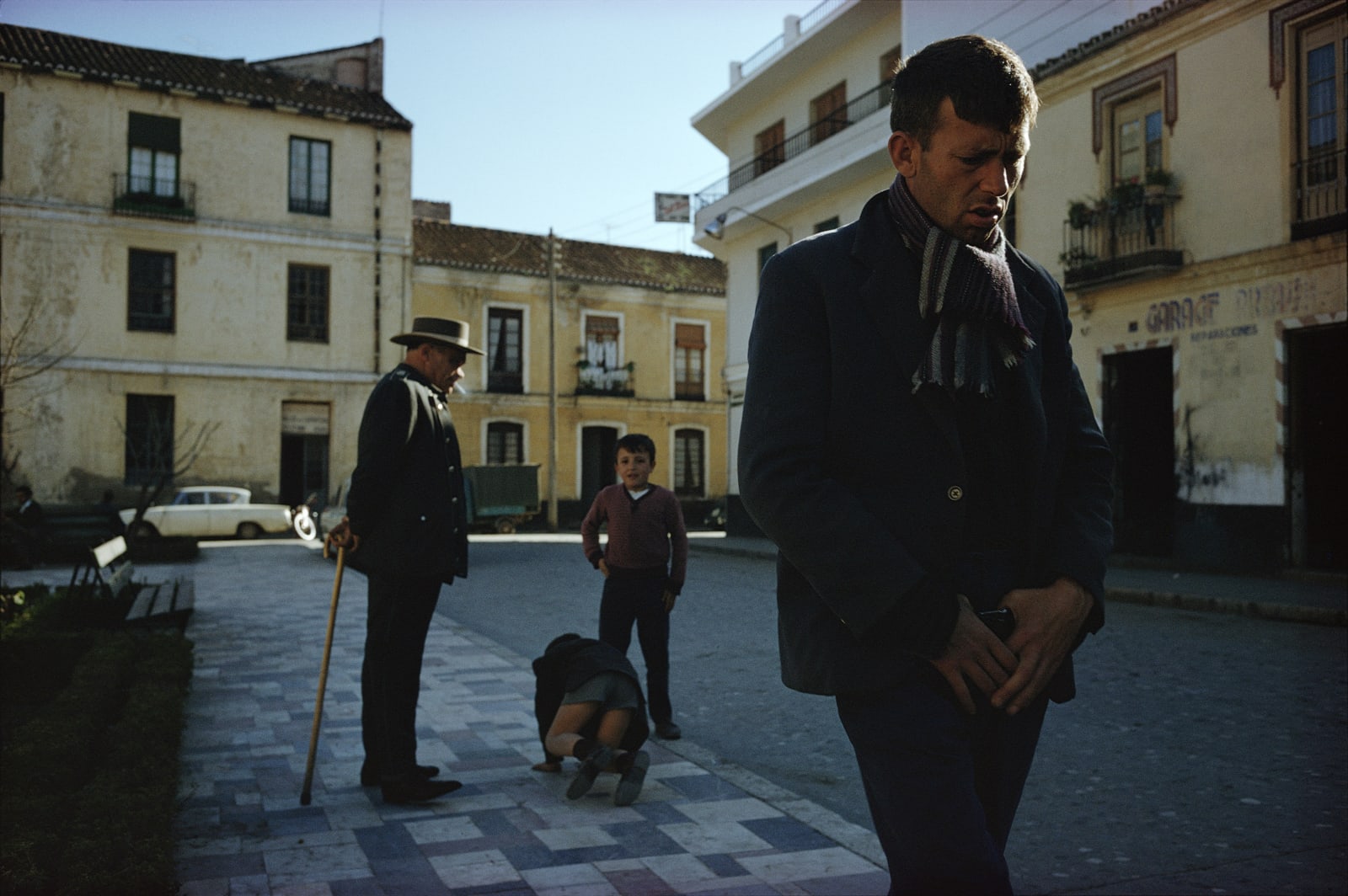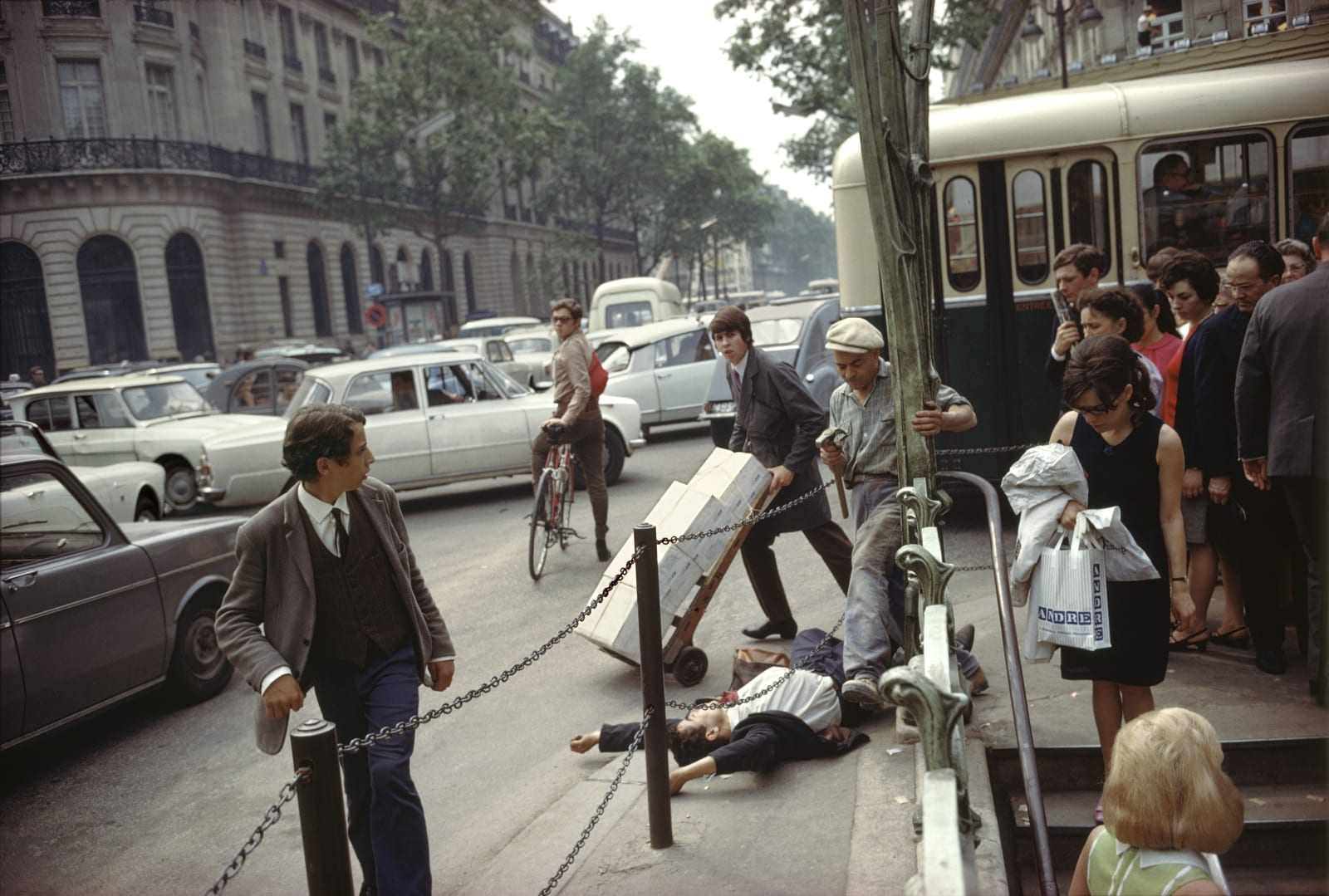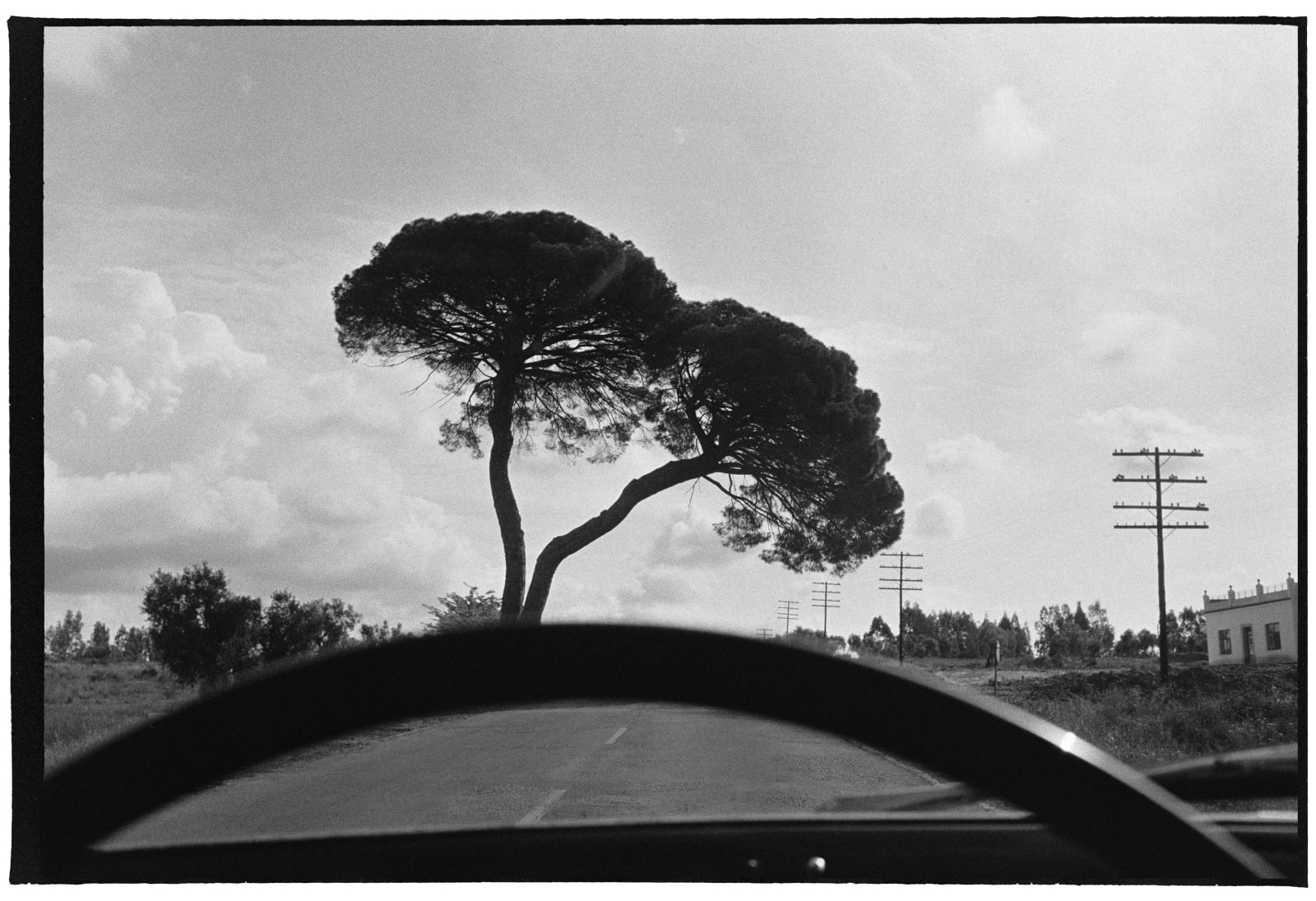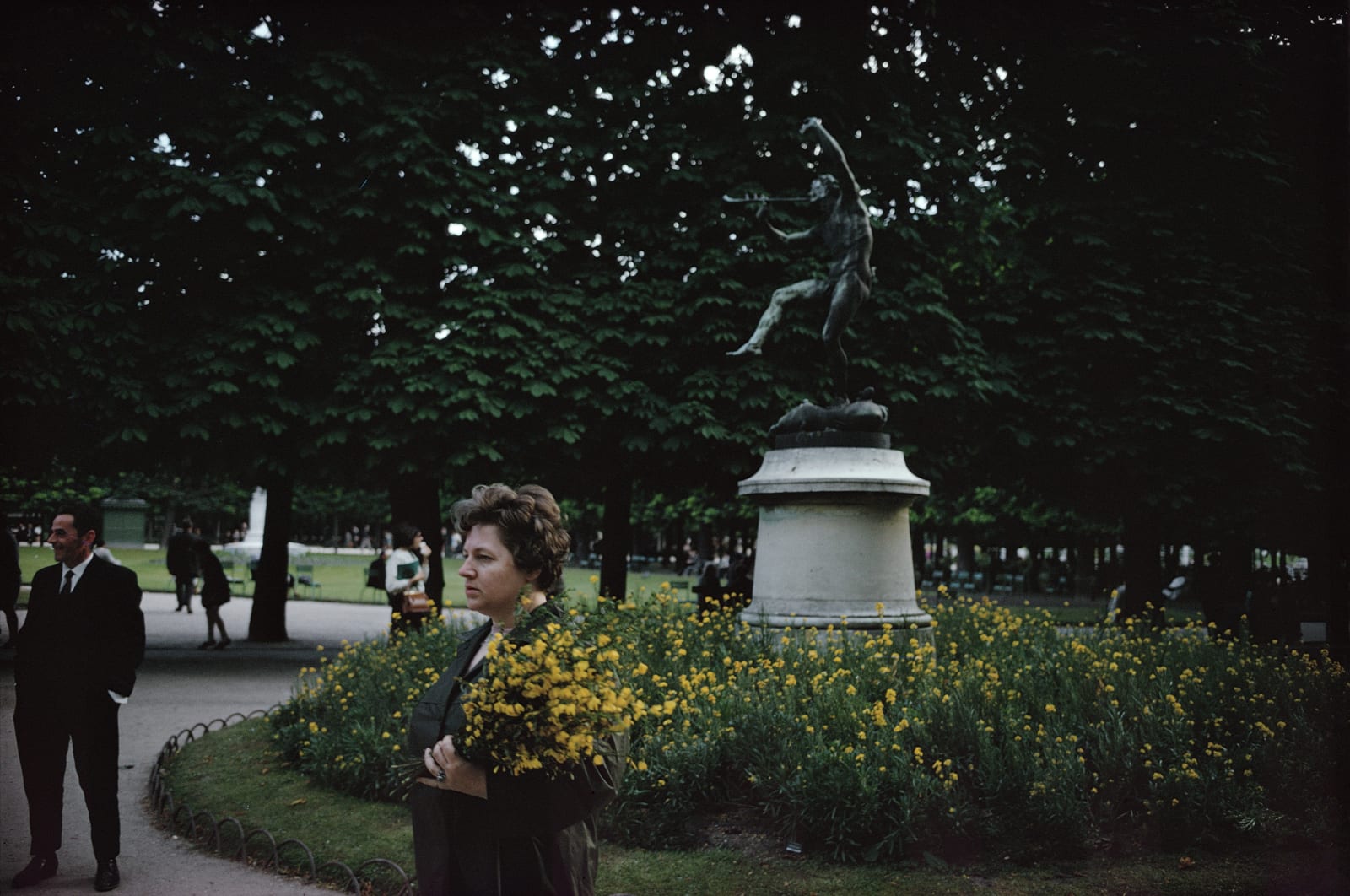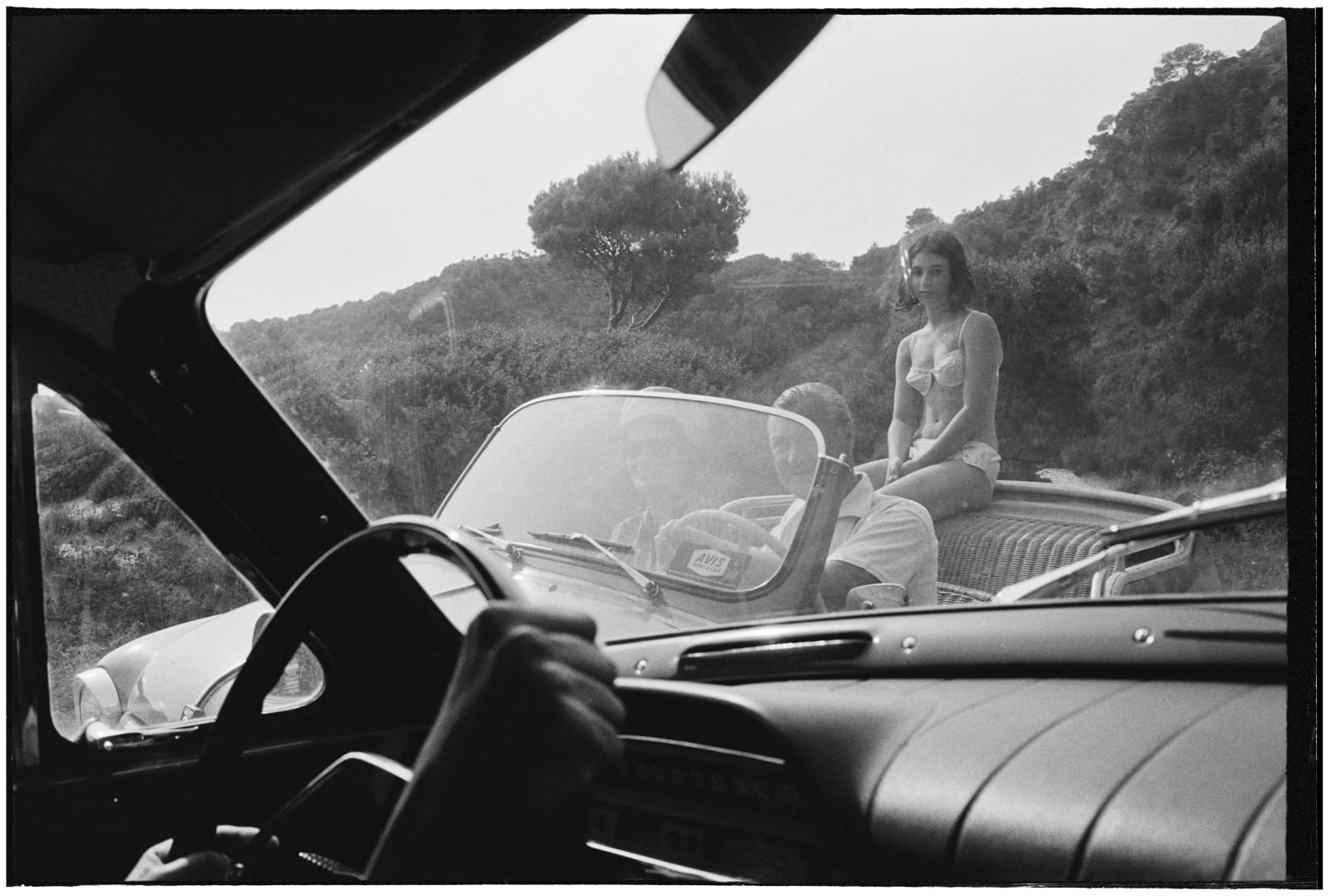PHotoESPAÑA 2025
Joel Meyerowitz's transformative work is being celebrated today at the Fernán Gómez Cultural Center in Madrid with the prestigious PHE Prize and a remarkable exhibition featuring his historic European photographs from 1966-1967. This recognition highlights his revolutionary impact on color photography and his keen observation of human life across continents. Opening precisely today, May 14, 2025, the exhibition represents a unique opportunity to witness rarely seen work from a formative period in the career of one of photography's most influential figures.
The PHE Prize and Meyerowitz's Pioneering Legacy
PHotoESPAÑA 2025 honors Joel Meyerowitz (New York, USA, 1938) with the Festival's highest accolade, the PHE Prize, in recognition of his outstanding professional career spanning over six decades. This prestigious award acknowledges photographers who have made exceptional contributions to the medium, placing Meyerowitz among an elite group of visual artists whose work has fundamentally changed how we understand photography. His pioneering use of color photography emerged during an era when artistic photography was dominated by black and white imagery, challenging established conventions and expanding the expressive capabilities of the medium.
Meyerowitz's groundbreaking publication "Cape Light" (1978) marked a watershed moment for color photography, transforming it from an initially resisted approach to a universally accepted artistic form. This first book of more than fifty he would publish throughout his career demonstrated how color could capture subtle atmospheric qualities and emotional resonance previously thought exclusive to black and white photography. His early advocacy for color, when most serious photographers considered it suitable only for commercial work, required both artistic vision and tremendous conviction, ultimately resulting in a paradigm shift that influences photography to this day.
Europa 1966-1967: A Historic Photographic Journey
The exhibition "Joel Meyerowitz: Europa 1966-1967," inaugurating today at the Fernán Gómez Cultural Center in Madrid, showcases a crucial period in the photographer's development when he traveled throughout Europe capturing candid moments of post-war European life. This collection represents a pivotal moment in Meyerowitz's evolution as an artist, documenting his transition from street photography to more complex visual narratives that would define his later work. The photographs, taken across various European countries, reveal Meyerowitz's extraordinary ability to capture fleeting human interactions and cultural nuances with remarkable clarity and insight.
The timing of this expedition is particularly significant, as it occurred during Meyerowitz's formative years when he was developing his distinctive photographic style. Having left his job in advertising to pursue photography full-time, his European journey allowed him to hone his spontaneous approach to street photography while developing the observational skills that would later distinguish his work. The exhibition provides Madrid audiences with a rare opportunity to witness these historical photographs that foreshadow many of the themes and techniques Meyerowitz would explore throughout his illustrious career.
Organized by the Madrid City Council's Department of Culture, Tourism and Sports in collaboration with PHotoESPAÑA, the exhibition opens at 7:00 PM today in the Exhibition Hall of the Fernán Gómez Cultural Center, located at Plaza de Colón, 4, 28001 Madrid. The venue's central location and cultural significance make it an ideal setting for presenting work of such historical importance to the public.
The Artistic Context of Meyerowitz's European Photography
Meyerowitz's European photographs from 1966-1967 demonstrate his remarkable ability to capture decisive moments while incorporating complex visual elements that elevate his images beyond mere documentation. During this period, he was working primarily with 35mm black and white film but was beginning experiments with color that would later revolutionize the field. These European photographs reveal his evolving understanding of light, composition, and the poetry of everyday life-elements that would become hallmarks of his mature style.
The exhibition highlights how Meyerowitz's European work represents an artistic bridge between the spontaneous street photography tradition of Henri Cartier-Bresson and the American "New Color" movement that would emerge in the 1970s. His images from this period reveal his growing interest in the expressive potential of color and light, concerns that would come to full fruition in later works like "Cape Light." Through these photographs, visitors can trace the development of a unique artistic vision that would help transform photography in subsequent decades.
Meyerowitz's Global Influence and Recognition
Throughout his career, Meyerowitz has held more than 350 exhibitions worldwide, establishing himself as one of photography's most versatile and influential practitioners. His keen observation of the human condition lies at the heart of his photographs, whether capturing street scenes in New York, landscapes in Cape Cod, or the aftermath of the 9/11 attacks-a project for which he was the only photographer granted unlimited access to Ground Zero. This humanitarian dimension of his work demonstrates how technical mastery can be deployed in service of empathetic documentation.
His work is included in the permanent collections of the world's most prestigious institutions, including the Metropolitan Museum of Art (New York, USA), the Whitney Museum of American Art (New York, USA), MoMA (New York, USA), Tate Modern (London, UK), the Victoria & Albert Museum (London, UK), the Museum of Fine Arts in Boston (Massachusetts, USA), the Art Institute of Chicago (Illinois, USA), the Centre Pompidou (Paris, France), and the Rijksmuseum (Amsterdam, Netherlands). This widespread institutional recognition affirms Meyerowitz's status as one of photography's most significant figures.
Beyond his artistic output, Meyerowitz has made substantial contributions to photographic education through workshops, lectures, and publications that have influenced generations of photographers. His pedagogical approach emphasizes developing one's personal vision while mastering technical aspects of the craft. Through books like "Creating a Sense of Place" and "Seeing Things," he has shared insights from his decades of experience, further extending his impact on contemporary photography.
Celebrating a Lifetime of Photographic Innovation
The PHE Prize and "Europa 1966-1967" exhibition represent fitting tributes to a photographer whose work has consistently expanded the boundaries of the medium. By honoring Meyerowitz, PHotoESPAÑA 2025 acknowledges not only his historical significance but also the continuing relevance of his photographic vision. As visitors experience these historical European photographs at the Fernán Gómez Cultural Center, they witness not merely artifacts from photography's past but images that continue to inform our understanding of photography's expressive potential.
For those interested in attending the exhibition opening, the inauguration ceremony begins at 7:00 PM today at the Fernán Gómez Cultural Center's Exhibition Hall. This event marks a significant moment in Spain's cultural calendar and offers a rare opportunity to engage with work that helped define modern photography. Through this exhibition and award, PHotoESPAÑA 2025 celebrates Joel Meyerowitz's extraordinary contributions to photography and ensures his pioneering vision reaches new audiences in the twenty-first century.


